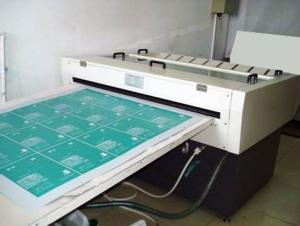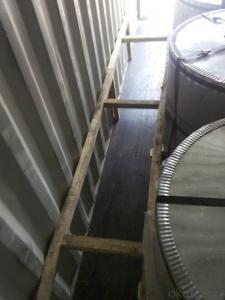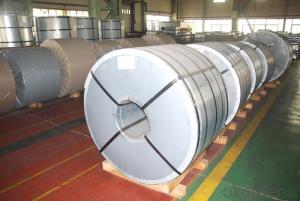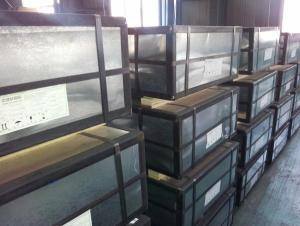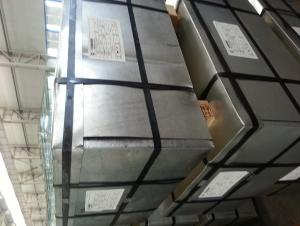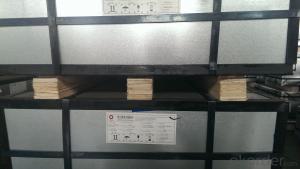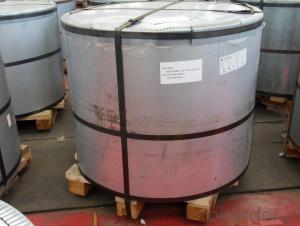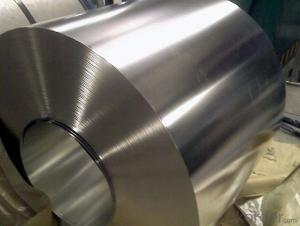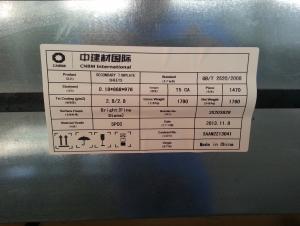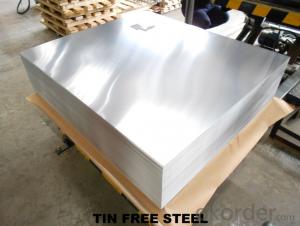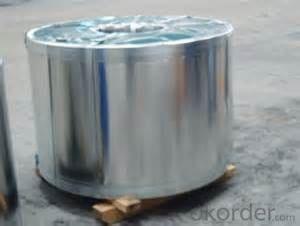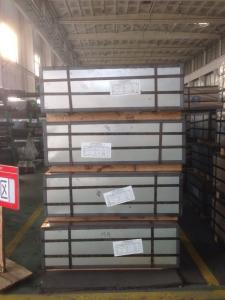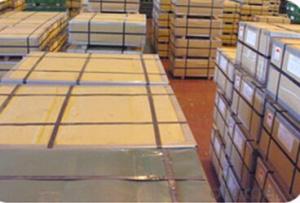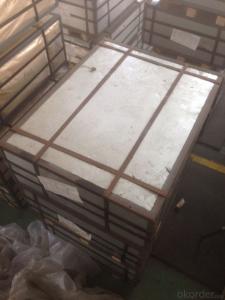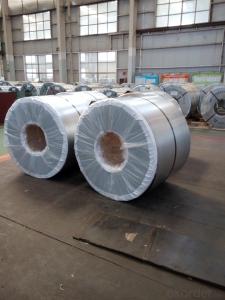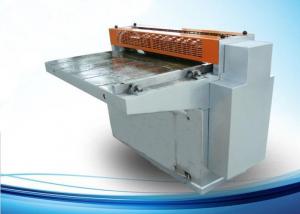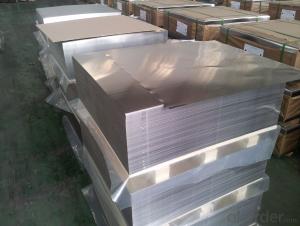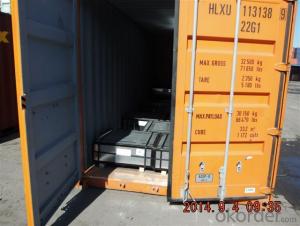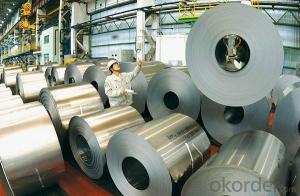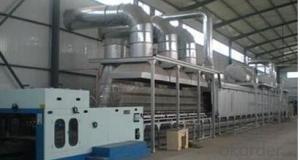Tinplate Can
Tinplate Can Related Searches
Tinplate Cans Tinplate Aerosol Can Printed Tinplate Tinplate Bucket Tinplate Recycling Tinplate Box Buy Tinplate Printing Tinplate Tinplate Material Envases Tinplate Tinplate Tins Tinplate Can Manufacturers Tinplate Cover Tinplate Factory Tinplate Packaging Tinplate Printing Tinplate Metal Tinplate China Tinplate Coating Tinplate Share Tinplate Collectables Tinplate Products Tinplate Uk Tinplate Production Nse Tinplate Tinplate Printing Machine Tinplate Cans Manufacturers Tinplate Iron Tinplate Company Turkey TinplateTinplate Can Supplier & Manufacturer from China
Tinplate cans are a type of packaging material made from a thin sheet of steel coated with a layer of tin. These cans are known for their excellent barrier properties, making them ideal for preserving the freshness and quality of various products. They are widely used in the food, beverage, and pharmaceutical industries to store and protect a diverse range of items.Tinplate cans are particularly useful in applications where airtight and leak-proof packaging is required. They are commonly used for packaging products such as canned foods, beverages, and pharmaceuticals. The cans provide a protective barrier against external contaminants, ensuring that the contents remain uncontaminated and maintain their quality throughout their shelf life. Additionally, tinplate cans are also appreciated for their durability and resistance to corrosion, making them a reliable choice for long-term storage.
As a leading wholesale supplier, Okorder.com offers a vast inventory of tinplate cans to cater to the needs of various industries. Our comprehensive selection ensures that customers can find the perfect tinplate cans for their specific requirements. With our extensive experience in the industry, we are committed to providing high-quality products and exceptional customer service to our clients.
Hot Products

